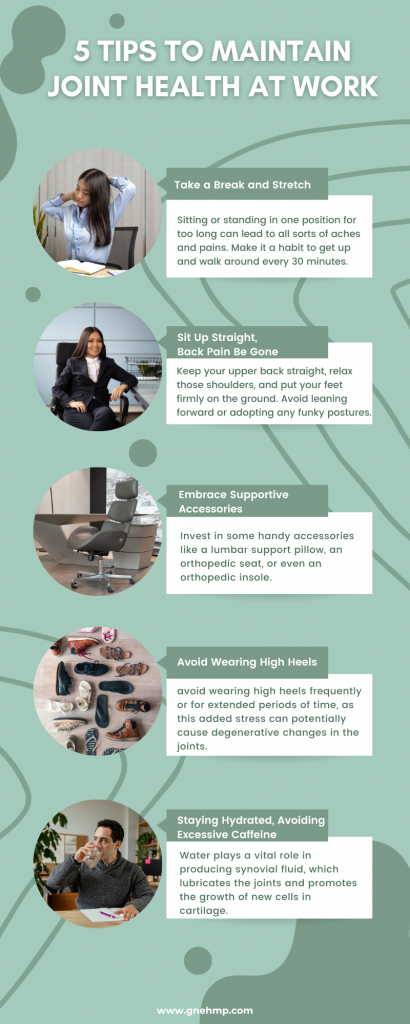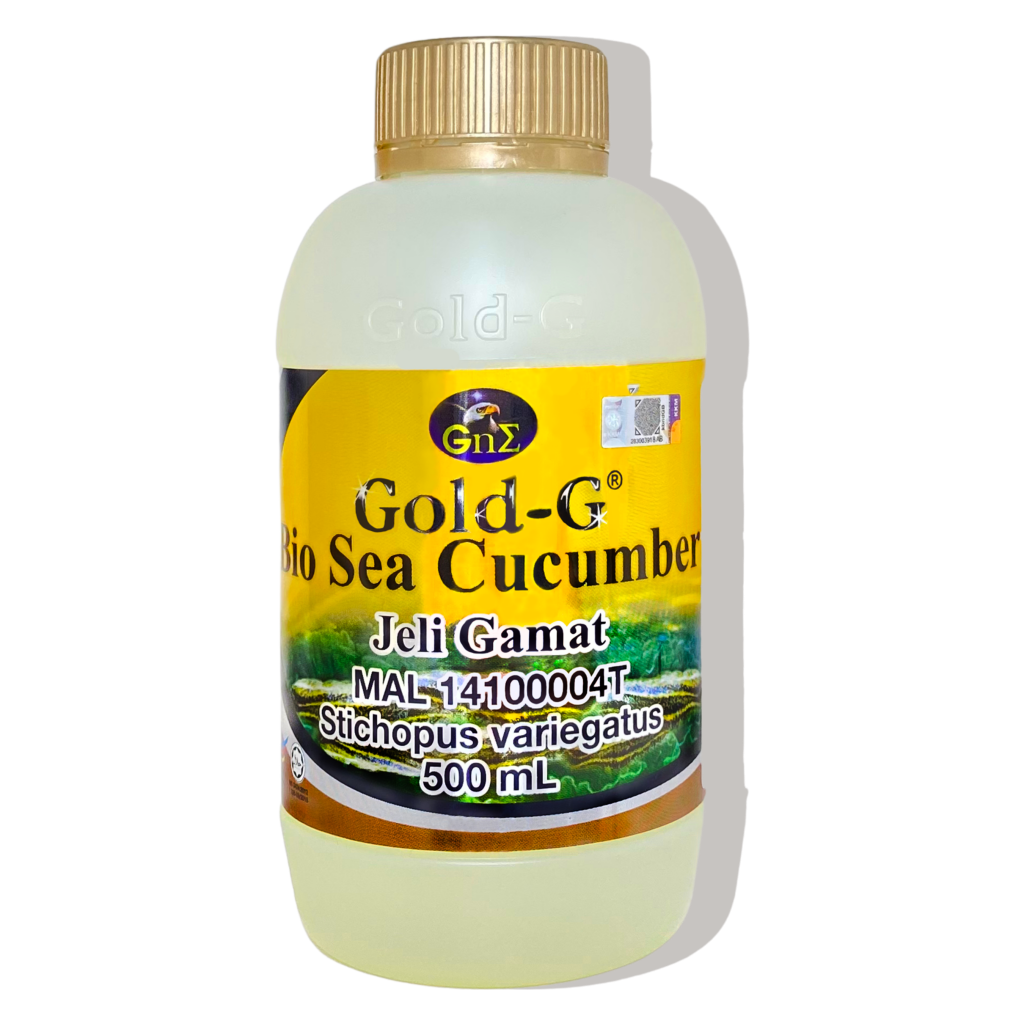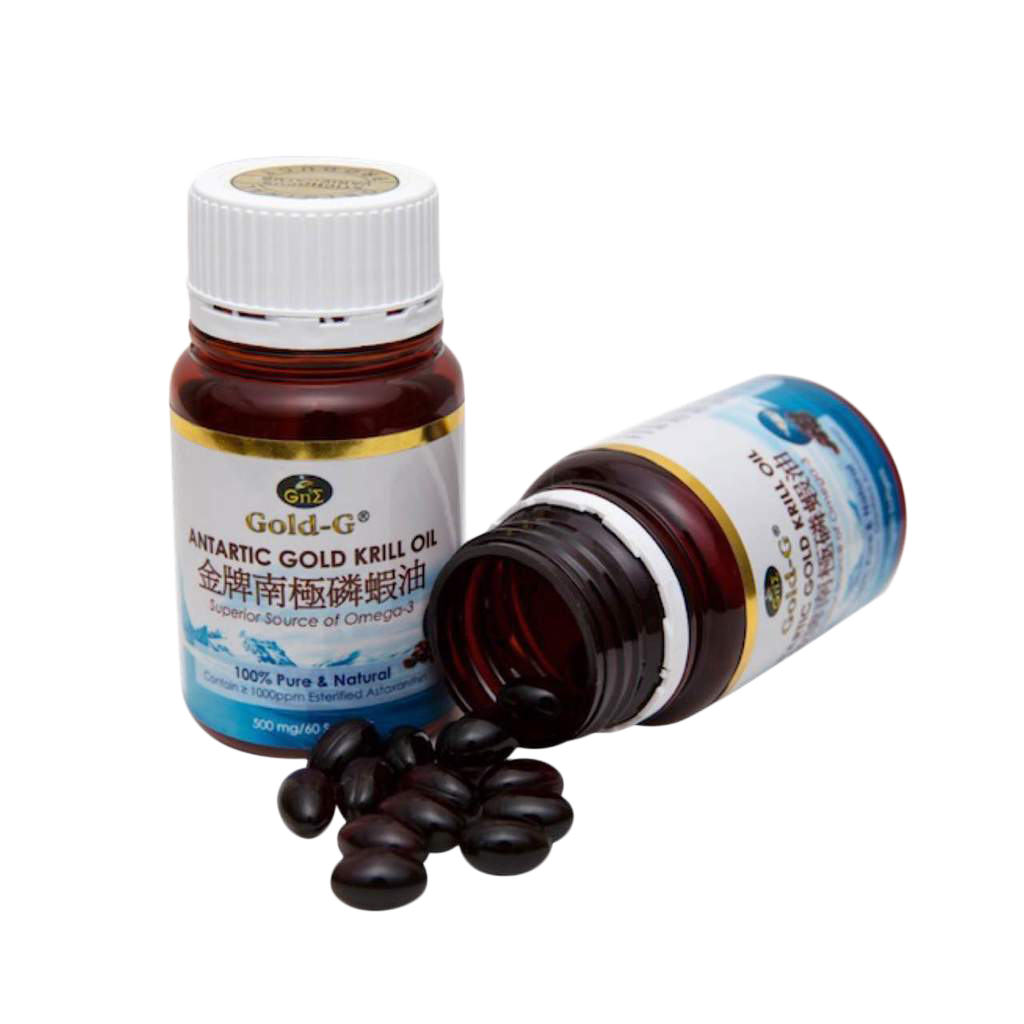Experiencing joint pain can significantly impact your job performance if you’re unsure how to effectively manage your joint health in the workplace. But worry not! Here are a few handy tips to help you out.

Take a Break and Stretch:
- Don’t be a statue! Sitting or standing in one position for too long can lead to all sorts of aches and pains. Make it a habit to get up and walk around every 30 minutes. This simple act of movement can improve blood flow, reduce stiffness, and keep you feeling fresh and energized.
Sit Up Straight, Back Pain Be Gone:
- Slouching is a big no-no! Maintaining the right posture while sitting is crucial for a healthy back. Keep your upper back straight, relax those shoulders, and put your feet firmly on the ground. Avoid leaning forward or adopting any funky postures. Oh, and don’t forget to position your computer screen at eye level to spare your neck from unnecessary strain.
Embrace Supportive Accessories:
- Sometimes, a little extra support can go a long way. Invest in some handy accessories like a lumbar support pillow, an orthopedic seat, or even an orthopedic insole. These nifty gadgets can help alleviate stress and strain on your joints, making your workday a whole lot more comfortable.
Avoid Wearing High Heels Often:
- Wearing high heels puts more pressure on the knee joint compared to walking barefoot. It’s best to avoid wearing high heels frequently or for extended periods of time, as this added stress can potentially cause degenerative changes in the joints.
Staying Hydrated and Avoiding Excessive Caffeine Intake:
- Water plays a vital role in producing synovial fluid, which lubricates the joints and promotes the growth of new cells in cartilage. It is equally important to monitor your daily coffee consumption. Research suggests that consuming less than 400 mg of caffeine per day (approximately 2 cups of coffee or less) can be beneficial for joint health. However, excessive caffeine intake can hinder the growth of cartilage and bone. So, it’s essential to strike a balance and not go overboard with your coffee fix.
Remember, taking care of your joints is essential for staying productive and pain-free at work. So, don’t be shy to incorporate these tips into your daily routine. Your joints will thank you!
GNE Gold-G® Health Food Series

Gold-G® Bio Sea Cucumber contains several pharmaceutical components that are able to repair and maintain healthy bone and joints, such as omega 3, collagen, glucosamine, chondroitin, hyaluronic acid, and mucopolysaccharide.
- Omega 3 inhibits inflammation reaction and helps to reduce joint pain and swelling in rheumatoid arthritis.
- Collagen can strengthen cartilage, and improve bone and joint health.
- Glucosamine is able to reduce arthritis pain, strengthen cartilage, tendon & ligament health, and suppress inflammation.
- Chondroitin supplements and locks joint fluid, able to reduce arthritis pain effectively.
- Mucopolysaccharide can improve wound contraction and accelerate wound healing.
- Hyaluronic acid is a natural component of synovial fluid that helps to lubricate joints.
By incorporating Gold-G Bio Sea Cucumber into your daily routine, you can experience the remarkable healing properties of this remarkable marine creature.

Gold-G® Antarctic Gold Krill Oil
Krill oil is an increasingly important source of omega-3 fatty acids specific for DHA and EPA, contains abundant astaxanthin, and consists of phospholipids which provide better bioavailability.
Omega-3 fatty acids may contribute to beneficial health effects, which include anti-oxidation, reduction of inflammation and hence relief pain and swelling in rheumatoid arthritis.
Astaxanthin are strong antioxidant present in Antarctic krill oil. It helps to fight against oxidative stress, which is then able to reduce oxidation and inflammation in the body.
Click the link below for direct purchase.
References:
This website does not provide medical advice. The content of this website, such as graphics, images, text and all other materials, is provided for reference and educational purposes only. The content is not meant to be complete or exhaustive or to apply to any specific individual’s medical condition. Always seek the advice of your doctor or other qualified health provider regarding a medical condition.




